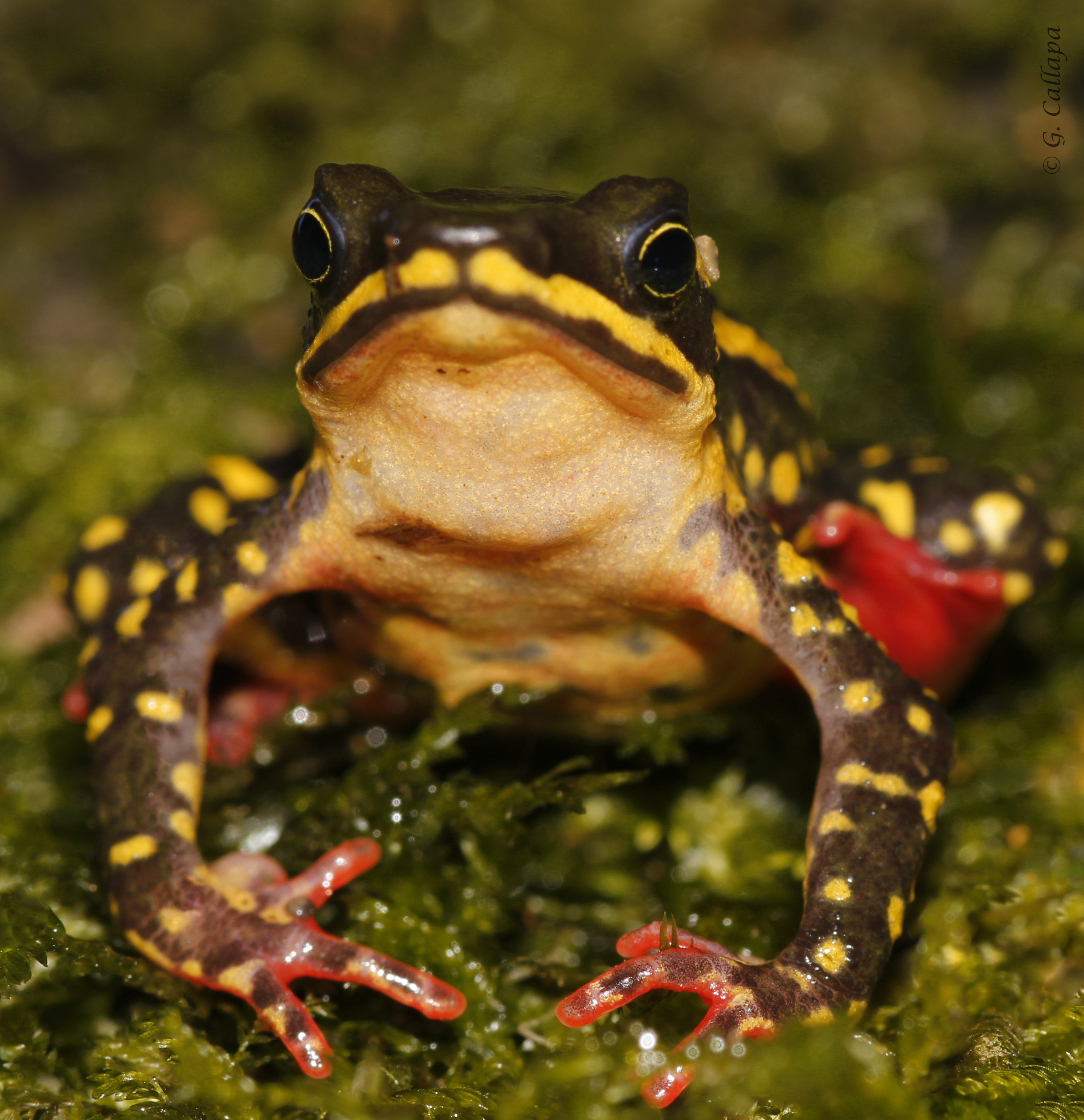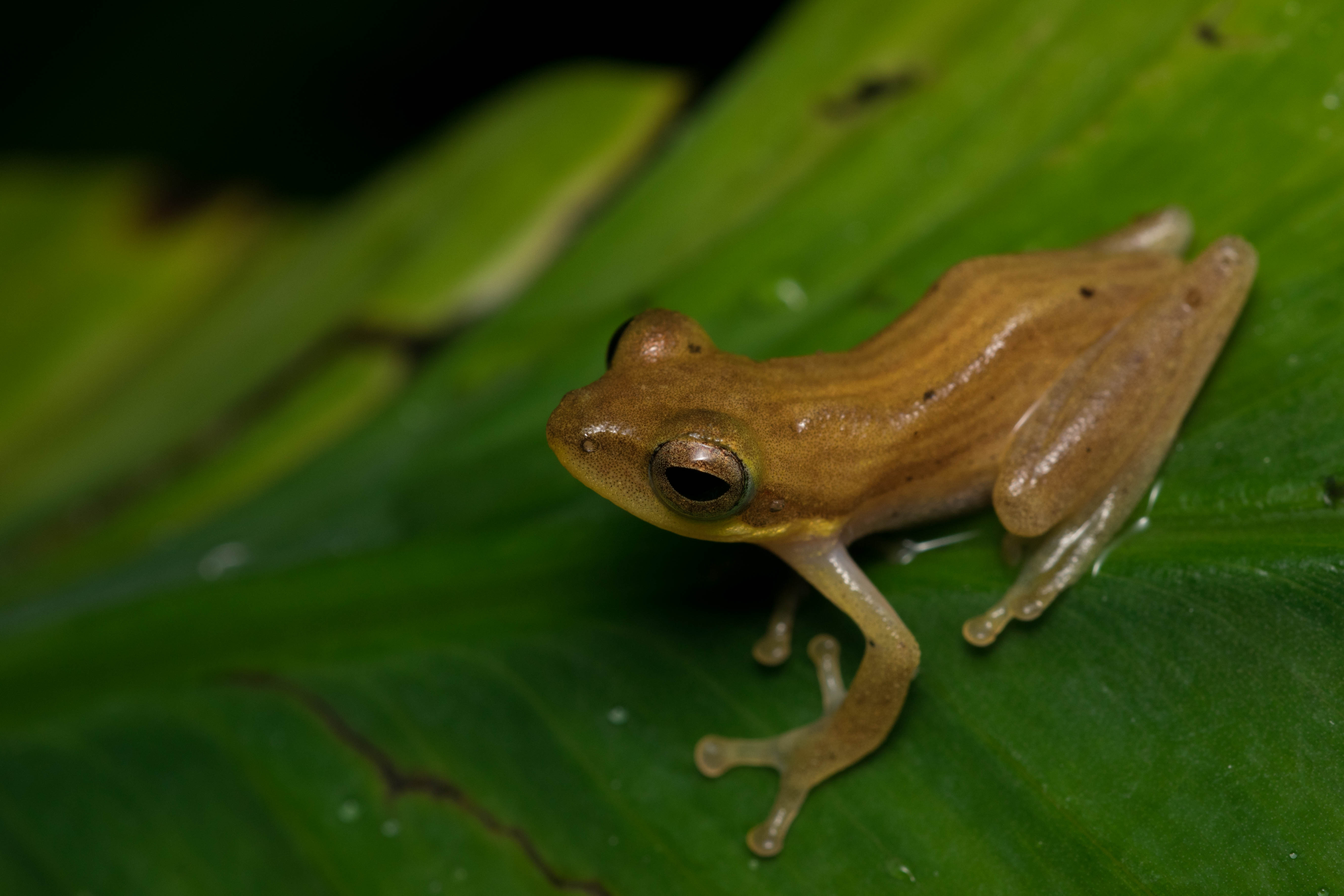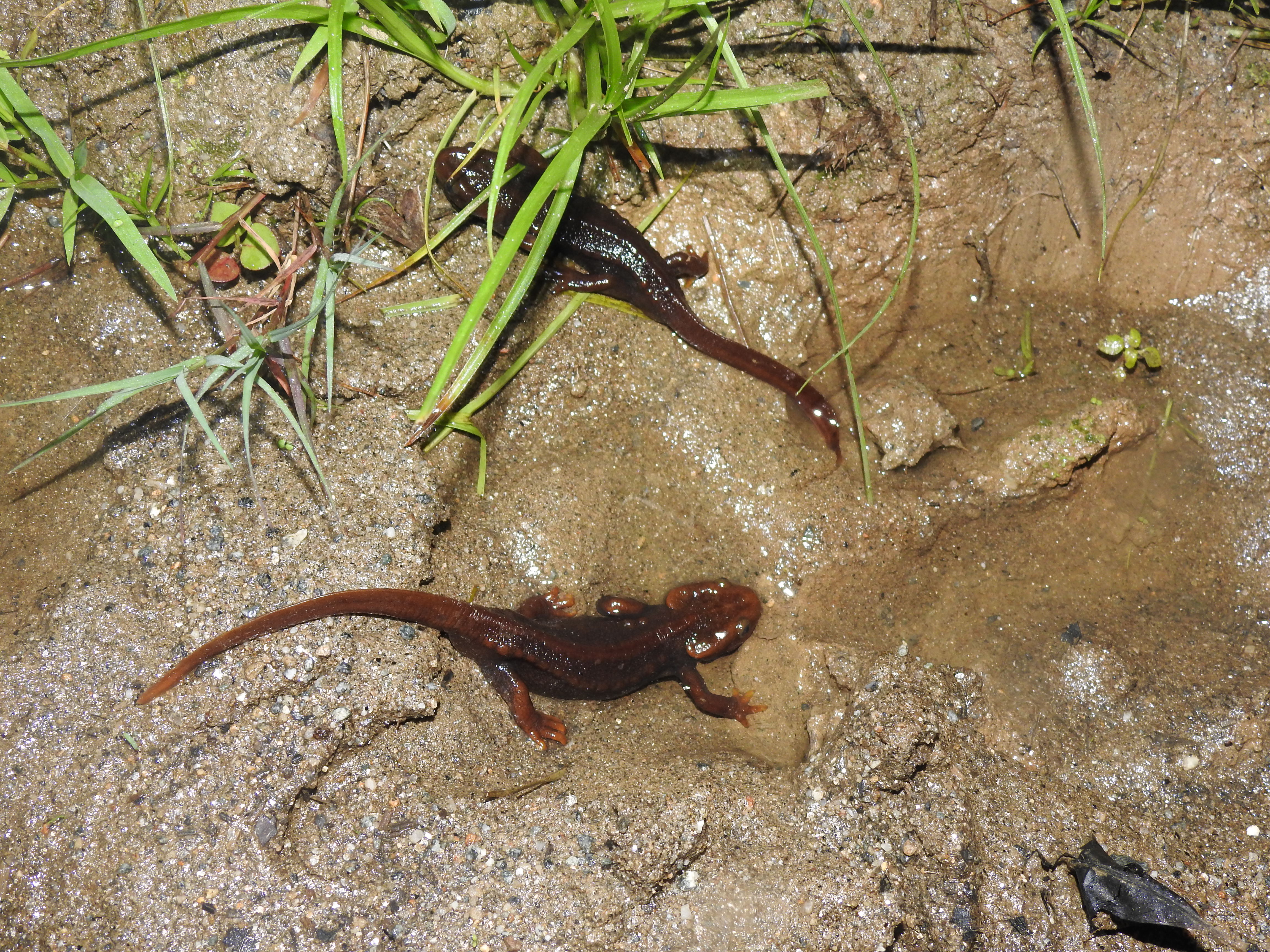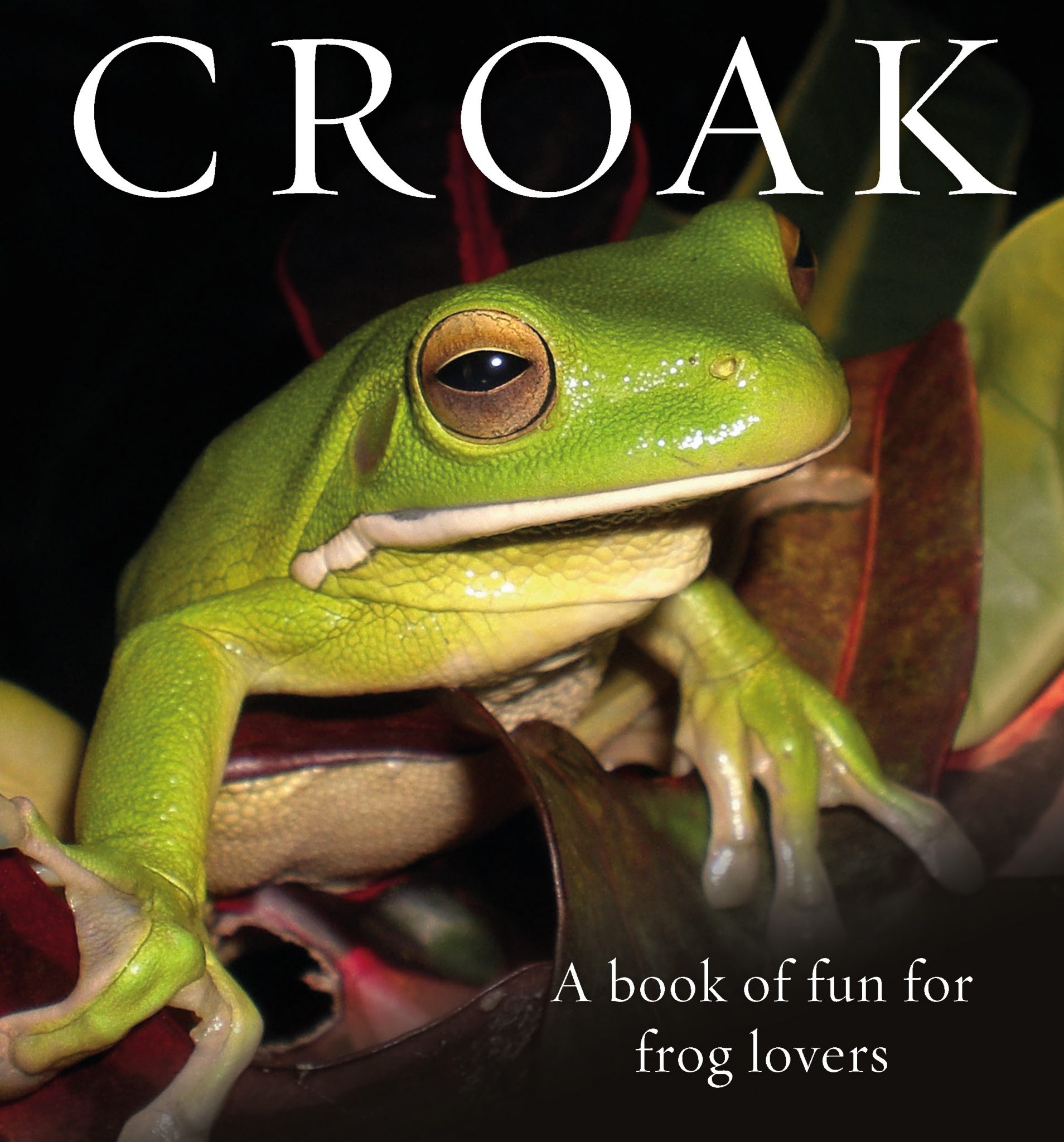A Conservation Project for the Three-colored Harlequin Toad (Atelopus tricolor), a Jewel of Bolivia
In 2021, we received approximately 50 applications from the ASA Start-up Conservation Grants call, of which we will be able to fund six. Below you can learn more about the project A Conservation Project for the Three-colored Harlequin Toad (Atelopus tricolor), a Jewel of Bolivia to be executed by […]





